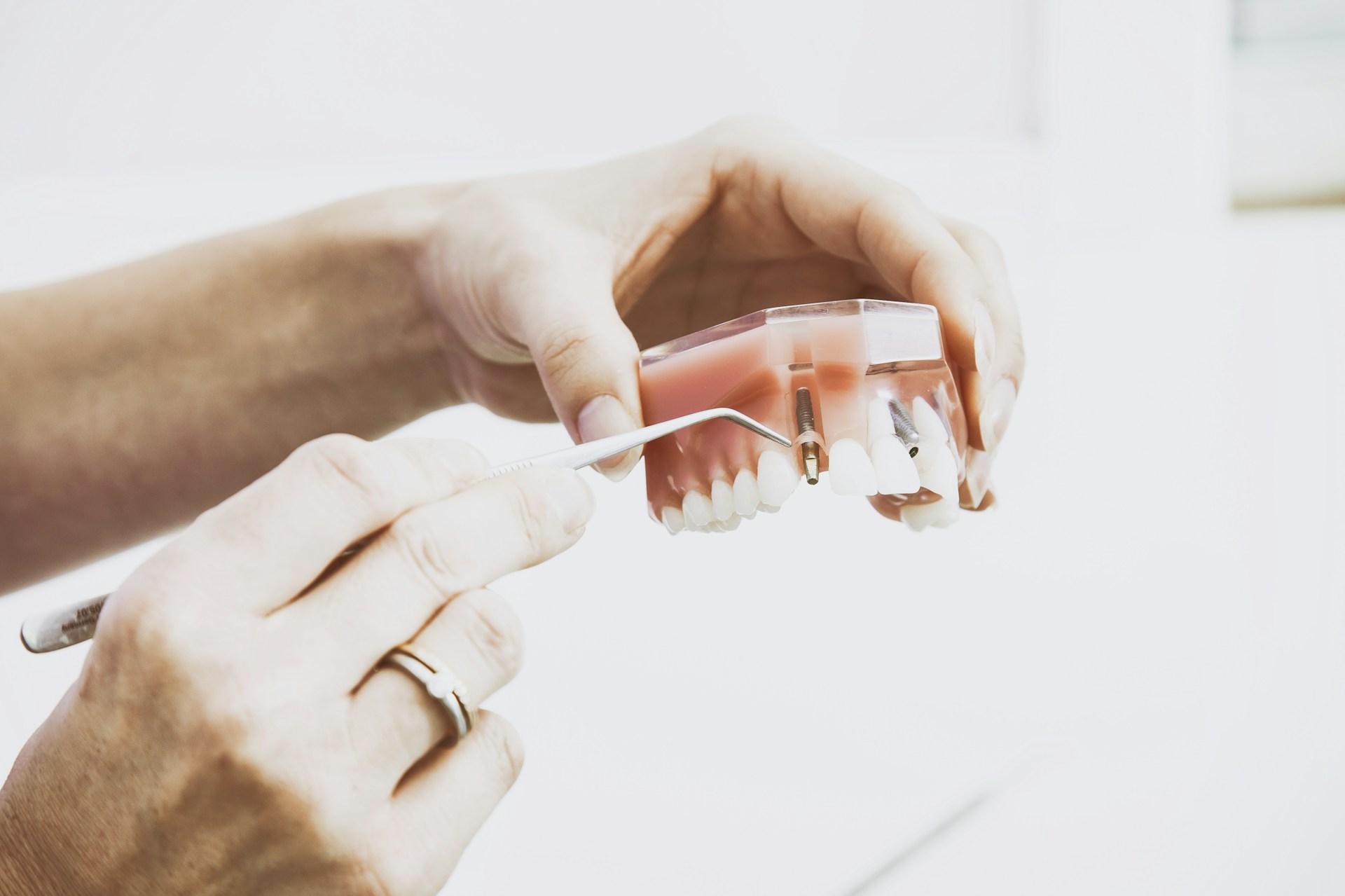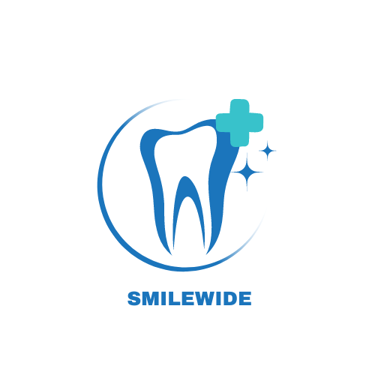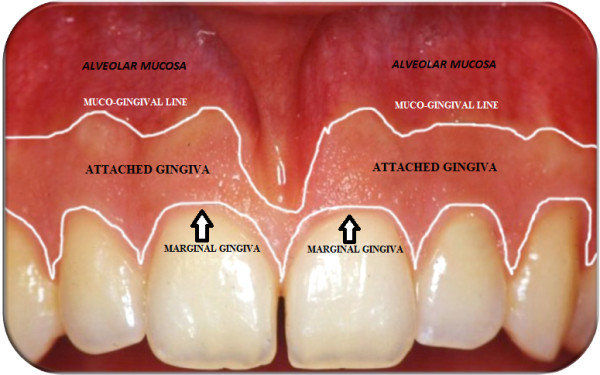SMILE- It costs nothing !!!
Understanding Attached Gingiva and Its Functions
Discover what attached gingiva is, its crucial functions in oral health, common problems associated with it, and various treatment options available to maintain healthy gums and overall dental hygiene.
1/8/20252 min read
Attached Gingiva
When it comes to oral health, most people focus on teeth and gums in general, but few are aware of the critical role played by attached gingiva.
This firm, pink tissue surrounding your teeth isn’t just a passive structure—it actively protects and stabilizes your teeth and gums.
What is Attached Gingiva?
Attached gingiva is the firm, keratinized gum tissue that is tightly bound to the underlying bone around your teeth.
It lies between the free gingiva (the gum tissue that isn’t attached to the bone) and the alveolar mucosa (the softer tissue further down).
Its primary role is to act as a protective barrier and provide stability to your gums and teeth during daily activities like chewing and brushing.
Related : How to keep your gums healthy
Functions of Attached Gingiva
The attached gingiva serves several essential purposes:
Stability: It holds the gums firmly in place, preventing them from shifting during chewing or brushing.
Protection: The keratinized tissue acts as a barrier against trauma caused by food, brushing, or dental tools.
Prevents Gum Recession: Adequate attached gingiva helps prevent gum recession and protects the underlying bone.
Without healthy attached gingiva, teeth are more vulnerable to external forces and infections.
How to Identify Healthy Attached Gingiva?
Healthy attached gingiva typically has the following characteristics:
Firm texture
Pink or coral color
Doesn’t bleed easily
Uniform appearance
Signs of unhealthy gingiva may include redness, swelling, or gum recession. If you notice these symptoms, it’s important to consult your dentist immediately.
Related: Tips to treat swollen gums
Common Problems Associated with Attached Gingiva
Several issues can affect the health and functionality of your attached gingiva:
Gum Recession: When the attached gingiva wears away, exposing the tooth root.
Periodontal Disease: Advanced gum disease can damage attached gingiva and the supporting structures.
Insufficient Attached Gingiva: Some individuals naturally have less attached gingiva, making their gums more vulnerable.
These issues can lead to increased tooth sensitivity, gum discomfort, and a higher risk of tooth loss.
Treatment Options for Attached Gingiva Issues
Treatment depends on the severity of the condition:
Gum Grafting Procedures: Surgical techniques to restore or increase the attached gingiva.
Regular Dental Check-ups: Early detection of problems prevents complications.
Proper Oral Hygiene Practices: Consistent brushing, flossing, and professional cleanings.
Your dentist may recommend specific treatments tailored to your gum health.
How to Maintain Healthy Attached Gingiva
Prevention is always better than cure. Follow these tips to maintain healthy attached gingiva:
Brush gently with a soft-bristled toothbrush.
Floss daily to remove food particles.
Avoid smoking and tobacco use.
Use dentist-recommended toothpaste and mouthwash.
Visit your dentist regularly for cleanings and check-ups.
FAQs About Attached Gingiva
Q: Why is attached gingiva important?
A: Attached gingiva stabilizes your gums, protects against trauma, and prevents gum recession.
Q: Can attached gingiva grow back?
A: No, once lost, attached gingiva cannot naturally regenerate. Surgical intervention may be needed.
Q: What happens if there’s insufficient attached gingiva?
A: It can lead to gum recession, tooth sensitivity, and increased susceptibility to periodontal disease.
Attached gingiva plays a vital role in maintaining overall gum health and protecting your teeth.
Whether through daily oral hygiene practices or professional treatments, taking care of your gums should be a priority.
If you notice any issues with your gums, consult your dentist promptly.

Contact Smiles
drdeepi15@gmail.com
Dr. Deepika B.D.S
© 2025 SmileWide Dental. All Rights Reserved.
Have doubts ..?


